How To Check Sd Card Storage?
In today's digital age, SD cards have become an essential tool for expanding storage in various devices, from smartphones and cameras to tablets and laptops. However, managing and checking the storage on these tiny yet powerful devices can sometimes be a bit tricky. Whether you're a tech novice or a seasoned pro, understanding how to check your SD card storage is crucial for maintaining optimal performance and ensuring you never run out of space at a critical moment. This article will guide you through the various methods to check SD card storage across different devices and operating systems, providing practical solutions to common issues.
Understanding SD Card Storage

Before diving into the methods, it's important to understand the basics of SD card storage. SD cards come in various capacities, ranging from a few gigabytes (GB) to several terabytes (TB). They are used to store a wide array of data, including photos, videos, music, documents, and applications. Over time, as you continue to add more data, the available storage on your SD card decreases. Regularly checking the storage can help you manage your data more effectively and prevent potential issues such as data corruption or loss.
Checking SD Card Storage on Android Devices

Android devices are among the most common users of SD cards. Here's how you can check the storage on your SD card using an Android device:
1. Using the Settings Menu:
- Open the "Settings" app on your Android device.
- Scroll down and tap on "Storage" or "Device care" (the exact name may vary depending on your device).
- Here, you will see a breakdown of your device's storage, including the SD card. It will show the total capacity, used space, and available space.
2. Using a File Manager App:
- Open your device's file manager app. If your device doesn't have one pre-installed, you can download a file manager app from the Google Play Store.
- Navigate to the SD card section. The app will display the total storage, used storage, and available storage.
3. Using Third-Party Apps:
- There are several third-party apps available on the Google Play Store that can provide detailed information about your SD card storage. Apps like "SD Card Manager" or "DiskUsage" can offer more in-depth insights.
Checking SD Card Storage on iOS Devices
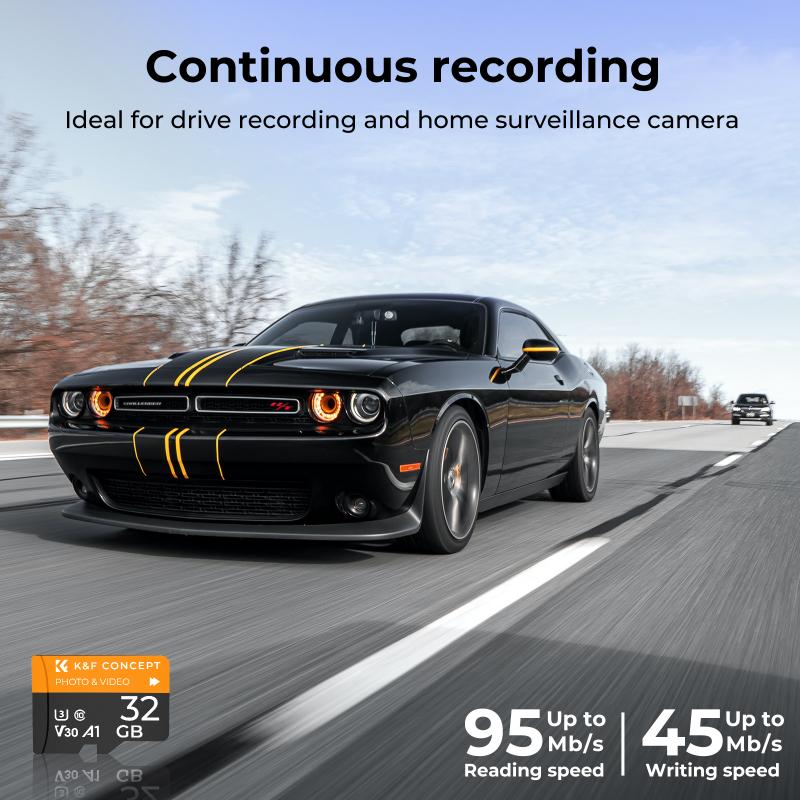
iOS devices, such as iPhones and iPads, do not natively support SD cards. However, if you are using an external SD card reader, you can check the storage using the following methods:
1. Using the Files App:
- Connect the SD card reader to your iOS device and insert the SD card.
- Open the "Files" app on your device.
- Navigate to the SD card section. The app will display the total storage, used storage, and available storage.
2. Using Third-Party Apps:
- There are several third-party apps available on the App Store that can help you manage and check your SD card storage. Apps like "FileBrowser" or "Documents by Readdle" can provide detailed information.
Checking SD Card Storage on Windows Computers

If you are using an SD card with a Windows computer, you can check the storage using the following methods:
1. Using File Explorer:
- Insert the SD card into the SD card slot or connect it via an external card reader.
- Open "File Explorer" and navigate to "This PC" or "My Computer."
- Right-click on the SD card drive and select "Properties." A window will open displaying the total capacity, used space, and available space.
2. Using Disk Management:
- Press "Win + X" and select "Disk Management" from the menu.
- Locate your SD card in the list of drives. Right-click on it and select "Properties" to view detailed storage information.
3. Using Third-Party Software:
- There are several third-party software options available that can provide detailed information about your SD card storage. Tools like "MiniTool Partition Wizard" or "EaseUS Partition Master" can offer more advanced features.
Checking SD Card Storage on Mac Computers
For Mac users, checking SD card storage is straightforward. Here are the methods:
1. Using Finder:
- Insert the SD card into the SD card slot or connect it via an external card reader.
- Open "Finder" and locate the SD card in the sidebar.
- Right-click on the SD card and select "Get Info." A window will open displaying the total capacity, used space, and available space.
2. Using Disk Utility:
- Open "Disk Utility" from the "Applications" > "Utilities" folder.
- Select your SD card from the list of drives on the left.
- The main window will display detailed information about the SD card, including total capacity, used space, and available space.
3. Using Third-Party Software:
- Similar to Windows, there are third-party software options available for Mac that can provide detailed information about your SD card storage. Tools like "Disk Drill" or "DaisyDisk" can offer more advanced features.
Common Issues and Troubleshooting
While checking your SD card storage is generally straightforward, you may encounter some common issues. Here are a few troubleshooting tips:
1. SD Card Not Recognized:
- Ensure the SD card is properly inserted into the device.
- Try using a different card reader or device to rule out hardware issues.
- Check if the SD card is formatted correctly. If not, you may need to format it (note that formatting will erase all data on the card).
2. Incorrect Storage Information:
- Sometimes, the device may display incorrect storage information. This can be due to file system errors. Running a disk check or repair tool can help resolve this issue.
3. Slow Performance:
- If your SD card is performing slowly, it may be due to fragmentation or too many files. Consider backing up your data and formatting the card to improve performance.
Regularly checking your SD card storage is essential for maintaining optimal performance and ensuring you have enough space for your data. Whether you're using an Android device, iOS device, Windows computer, or Mac, the methods outlined in this article will help you easily check your SD card storage. By staying on top of your storage management, you can prevent potential issues and keep your devices running smoothly. Remember to back up your data regularly and consider upgrading to a higher-capacity SD card if you frequently run out of space.


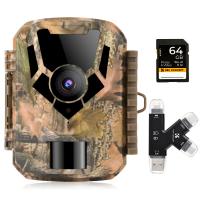
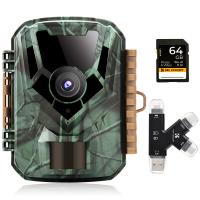



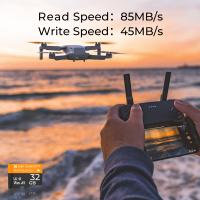
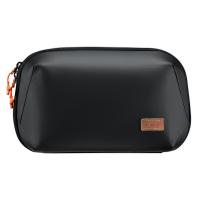



There are no comments for this blog.